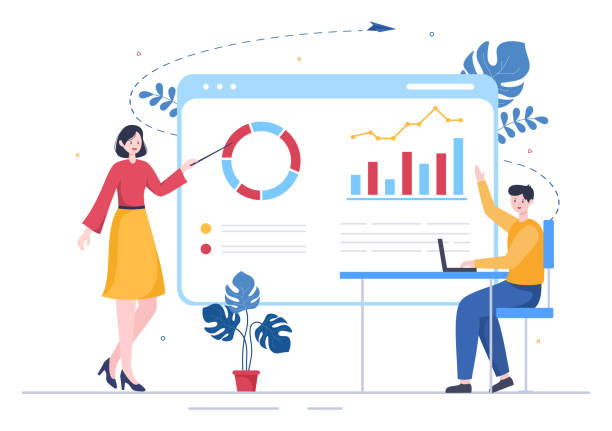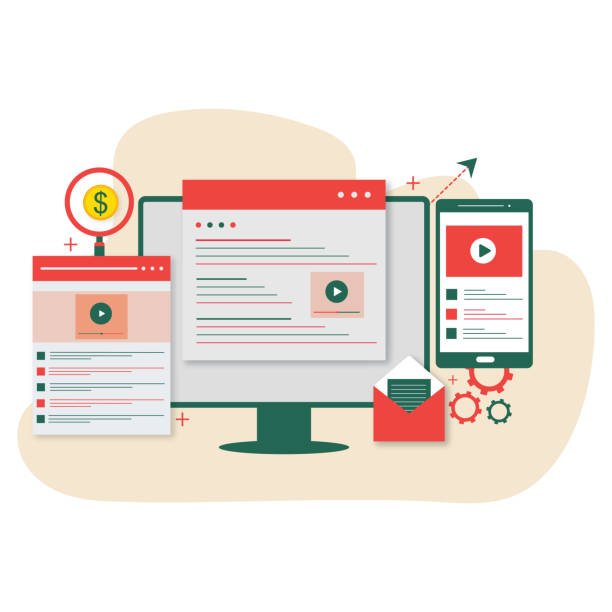The Importance of User-Friendly Website Design in Today’s World
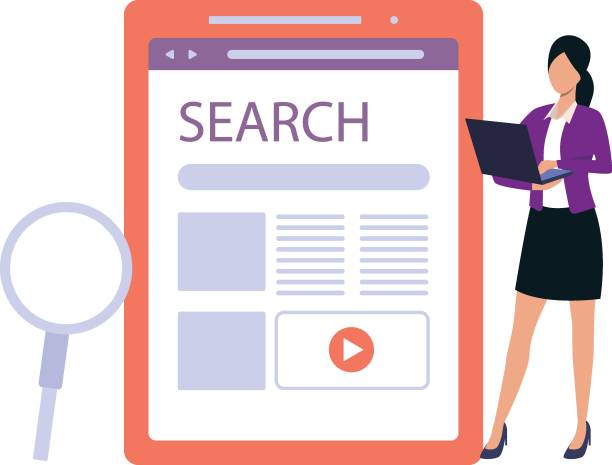
In the current digital age, #website_design is not just about visual aesthetics; it is a critical element for the success of any business.
When it comes to #user_experience (UX), the main goal is to build a website that users can easily interact with, find their needs, and achieve their goals.
This approach, which we call user-friendly website design, goes beyond appearance and focuses on usability, accessibility, and the enjoyable interaction with the site.
In fact, a user-friendly website design can directly impact conversion rates, user time spent on the site, and ultimately, your brand’s credibility.
Today, with increasing competition in the online space, having a beautiful but difficult-to-use website means losing potential customers.
The importance of this issue is such that many companies invest heavily in specialized UX/UI teams to ensure their website is not only visually appealing but also provides a flawless user experience.
As an educational explanation, it can be said that #SEO is also intertwined with user experience; search engines rank websites with better user experience higher.
Does your current corporate website not reflect your brand’s credibility and power as it should? RasaWeb solves this challenge for you with professional corporate website design.
✅ Increase visitor credibility and trust
✅ Attract more targeted customers
⚡ Click for a free consultation!
Key Principles of User Experience in Web Design
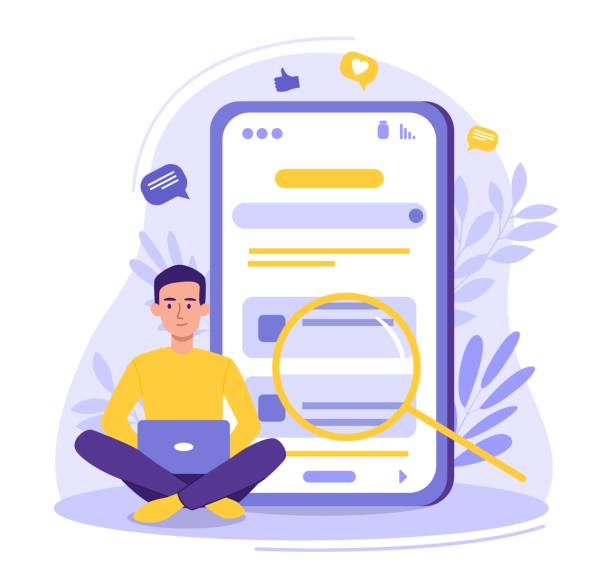
User-friendly website design is based on a set of fundamental user experience principles, aiming to create a smooth and meaningful interaction between the user and the website.
The first principle is “Usability”, which refers to the simplicity and efficiency of tasks performed by the user.
A website should be designed so that users can quickly access the information they need or perform necessary actions without complex guidance.
Another principle is “Accessibility”, which ensures the website is usable for all users, including individuals with special needs or disabilities.
This includes using readable fonts, appropriate color contrast, and keyboard navigation capabilities.
Website design with an excellent user experience also focuses on “Value”; meaning the site’s content and features should be useful and relevant to the user.
Furthermore, “Desirability”, which refers to the visual and emotional appeal of the website, is of high importance.
A website should not only be functional but also designed in a way that the user enjoys interacting with it and is inclined to return.
These specialized principles help designers build a user-centered website that meets user needs and gains their satisfaction.
Attractive and Functional User Interface: The Main Pillar of a Successful Website
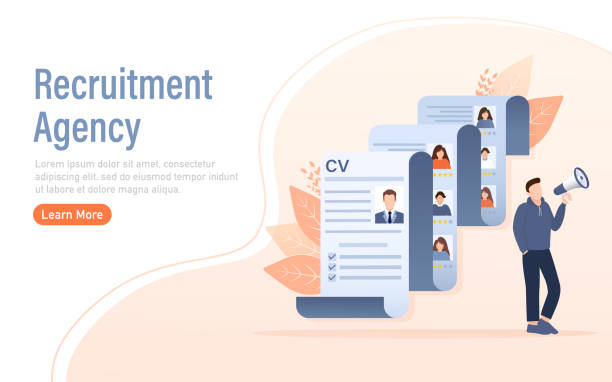
The user interface (UI) refers to all visual elements of a website that users interact with; from buttons and forms to menus and images.
An attractive and functional user interface is the cornerstone of a user-friendly website design.
This part of the design heavily focuses on visual aspects, layout, and responsiveness of various elements.
For instance, colors, fonts, and images should be chosen not only to be aesthetically pleasing but also to improve readability and guide the user.
Logical placement of buttons and links, appropriate use of white space, and design consistency across different pages all contribute to enhancing the user experience.
Here, an educational and guiding approach can provide a better understanding of how to implement these principles.
This table shows some key UI elements and their impact on UX:
| UI Element | Description | Impact on UX |
|---|---|---|
| Navigation | Menus, links, and the overall structure of site movement. | Ease of finding information and browsing. |
| Forms | Input elements such as text fields, radio buttons. | Simplicity and speed of completing information. |
| Buttons and Calls to Action (CTAs) | Elements that invite the user to perform a specific action. | Clarity in guiding the user toward the goal. |
| Typography | Selection of fonts, text size, and weight. | Readability and visual appeal of content. |
| Visual Feedback | Changing the state of elements during user interaction (e.g., button color change). | User assurance of correct operation execution. |
Creating a website with a friendly user interface requires a deep understanding of user psychology as well as the necessary technical knowledge for proper implementation.
Ultimately, user-friendly website design is meaningless without a powerful user interface that facilitates interaction.
Responsiveness and Accessibility: Cornerstones of Modern Design
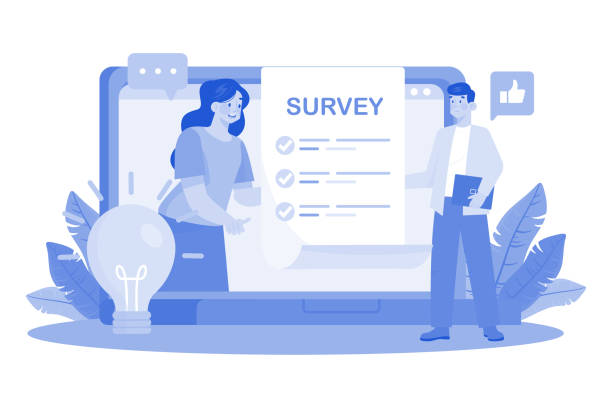
In today’s world, where users access the internet from various devices, responsiveness (Responsive Design) is a requirement for user-friendly website design.
A responsive website automatically adjusts its layout and content to the screen size of the user’s device, whether it’s a mobile phone, tablet, laptop, or a large monitor.
This feature ensures that users have an optimal visual and user experience regardless of the device they are using, eliminating the need for zooming or horizontal scrolling.
Lack of responsiveness can severely harm the user experience and cause users to leave the site prematurely.
Alongside responsiveness, accessibility is also a vital principle in user-centered web design.
An accessible website must be usable by all individuals, regardless of their abilities or disabilities (visual, auditory, motor, cognitive).
This includes providing alternative text for images, captions for videos, keyboard navigation, and design with appropriate color contrast.
Ignoring accessibility not only loses the opportunity to attract a large segment of the audience but can also damage brand credibility.
This analytical approach demonstrates how responsiveness and accessibility form the foundations of modern user-friendly website design, ensuring that every user, regardless of their circumstances, can fully benefit from your website.
Is your e-commerce site ready to attract maximum customers and increase sales? RasaWeb transforms your online business with modern and efficient e-commerce website design.
✅ Increased speed and improved SEO
✅ Excellent user experience on mobile and desktop⚡ Get a free e-commerce website design consultation from RasaWeb!
Valuable Content and Its Production Strategy for User Engagement

Content is king; this phrase holds true in user-friendly website design more than ever.
Even if a website is visually stunning and has flawless navigation, without valuable and relevant content, it cannot attract and retain users.
Content strategy should focus on addressing user needs and questions.
Content must be clear, concise, accurate, and up-to-date.
Using a tone that resonates with your target audience, high-quality images and videos, and proper text structuring with subheadings and lists all help improve readability and content appeal.
A user-centered website provides content that is not only informative but also entertaining.
For example, using storytelling, engaging infographics, or explanatory videos can enrich the user experience.
Guiding users in their journey to find information, through relevant internal links and FAQ sections, is another key aspect.
Your site’s content should be designed to encourage users for more engagement and participation.
This can include commenting, sharing on social media, or even participating in surveys.
Ultimately, user-friendly website design will never reach its full potential without rich and strategic content.
Intuitive Navigation and Logical Information Architecture

One of the most important aspects of user-friendly website design is providing intuitive navigation and a logical Information Architecture.
Good navigation allows users to easily move around the site and find the information they need without confusion.
This includes designing clear menus, precise labeling for categories and subcategories, and breadcrumbs.
Information architecture refers to the organization and structuring of content and features of a website so that users can find information logically and predictably.
A strong information architecture is created based on user research and understanding of users’ mental models.
This helps minimize informational complexities and enables users to achieve their goals with minimal effort.
For example, grouping related items into a specific category and using familiar language for users, are important principles in this specialized field.
Provocative questions arise in this area: Does every information structuring work the same for different users? The answer is usually no, and this is why user testing and design iteration are needed.
In fact, a user-friendly website design should be such that even first-time visitors can quickly become familiar with its structure and easily use it.
This is a key element in designing a website with an excellent user experience, allowing users to interact effectively and efficiently with your content.
Testing and Feedback for Continuous User Experience Improvement

User-friendly website design is not a one-time process but a cycle of design, implementation, testing, and improvement.
The testing and feedback collection phase from real users is the most vital part to ensure the effectiveness of your design.
User Testing allows you to discover the strengths and weaknesses of your website from the users’ perspective.
This can include various methods, such as Usability Testing, where users perform specific tasks on the site while their behavior and reactions are observed.
Other methods like surveys, interviews, and heatmaps can also provide valuable insights into how users interact with your site.
Analyzing this data allows designers to implement necessary changes to improve the user experience.
Here is a table of some of the most common user testing methods:
| Testing Method | Description | Benefits |
|---|---|---|
| Usability Testing | Observing users performing real tasks on the site. | Discovering hidden problems, deep understanding of user behavior. |
| Surveys and Questionnaires | Collecting quantitative and qualitative feedback from a large number of users. | Gaining broad perspectives, identifying patterns. |
| A/B Testing | Comparing two versions of a page or element to determine better performance. | Data-driven decision-making for optimization. |
| Web Analytics | Using tools like Google Analytics to track user behavior. | Identifying drop-off points, examining traffic patterns. |
This analytical and educational approach helps you continuously improve a user-friendly website and ensure it always meets the evolving needs of your users.
User feedback is a treasure that gives real value to your user-friendly website design.
Performance Optimization and Loading Speed for User Satisfaction

Website loading speed is a critical factor in user-friendly website design that is often overlooked.
Studies have shown that users expect a web page to load in less than two seconds, and even small delays can lead to site abandonment.
Performance optimization includes image compression, code optimization (CSS, JavaScript, HTML), using Content Delivery Networks (CDNs), and selecting a powerful host.
These technical measures, though they may seem complex, have a direct impact on user experience and, consequently, on website success.
A slow website not only frustrates users but can also harm your SEO ranking, as search engines prefer fast websites.
Specialized explanations in this area indicate that even milliseconds in loading time can make a big difference in conversion rates.
For example, every one-second delay in page loading can lead to a 7% reduction in conversion rates.
Therefore, investing in load speed optimization is an investment in user satisfaction and ultimately, increased profitability.
This aspect of excellent user experience website design ensures that users are not only visually attracted to your site but can also quickly and without any delay access the content and features they desire.
Consequently, a user-friendly website design also requires attention to technical details.
Are you tired of losing business opportunities due to not having a professional corporate website?
RasaWeb, with its professional corporate website design, helps you:
✅ Build a powerful and reliable image for your brand
✅ Convert site visitors into loyal customers
⚡ Get a free consultation now!
A Look into the Future of User-Friendly Website Design
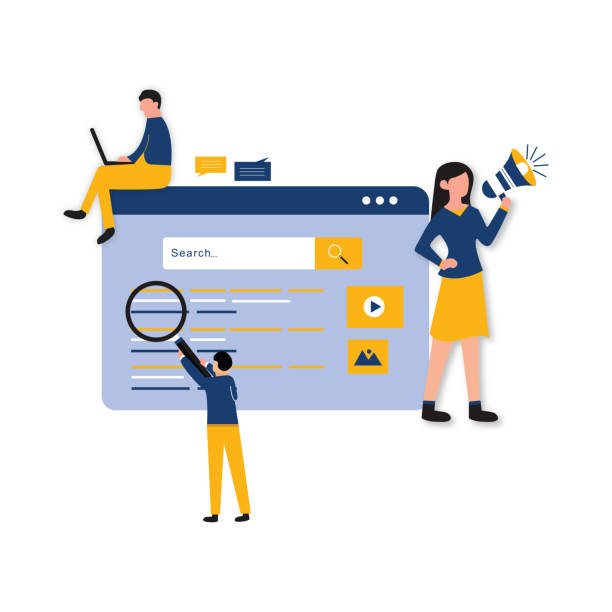
The future of user-friendly website design depends on technological advancements and changing user expectations.
With the emergence of new technologies such as Artificial Intelligence (AI), Augmented Reality (AR), and Virtual Reality (VR), the way users interact with websites is significantly changing.
Will websites in the future be more like 3D experiences? Can AI automatically adjust the user interface based on each user’s individual preferences? These are thought-provoking questions that web designers must consider.
Recent news trends indicate that personalization, Voice UI, and Conversational UI are becoming increasingly important.
Users expect websites to not only anticipate their needs but also respond to them intelligently.
This requires a deeper understanding of user behavior and the use of data to create highly personalized experiences.
Furthermore, sustainability and green website design will also become an important topic; optimizing to reduce energy consumption and environmental impacts.
User-friendly website design in the future will increasingly focus on ethical aspects and social responsibility.
Designers must be ready to keep pace with these developments and create websites that are not only technologically advanced but also humanly rich and accessible to all.
This perspective shows us how excellent user experience website design is constantly evolving and requires continuous learning and adaptation.
Countless Benefits of Investing in User-Centered Website Design
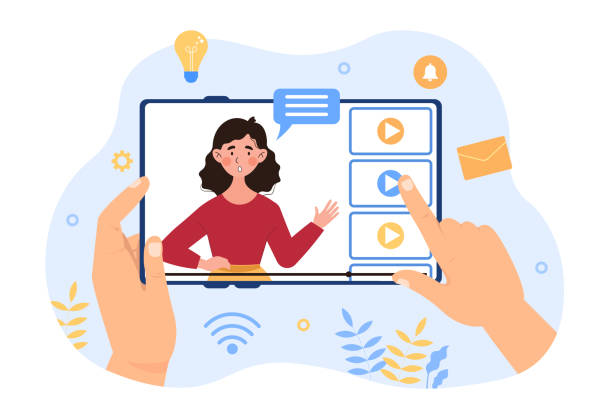
Investing in user-friendly website design is not just an expense but a strategic investment that brings countless benefits to businesses.
From an analytical perspective, one of the most prominent benefits is an increase in conversion rates.
When users can easily find what they are looking for and purchasing or registration processes are frictionless, the likelihood of completing desired actions (purchases, form submissions, contacts) significantly increases.
The second benefit is increased customer satisfaction and brand loyalty.
Positive website experiences build user trust and turn them into loyal customers.
This loyalty, in turn, leads to repeat visits and word-of-mouth marketing, which is one of the most powerful forms of marketing.
Additionally, user-friendly website design can reduce customer support costs, as users can solve their problems with minimal assistance.
From an SEO perspective, user-friendly websites generally achieve better rankings in search engines because metrics such as time spent on site, lower bounce rate, and higher engagement are positive signals for Google.
Ultimately, by having a user-centered website, you gain a significant competitive advantage in the online market.
This comprehensive guide demonstrates how a user-friendly website design is the foundation of a successful and sustainable online presence.
Frequently Asked Questions
And other services of RasaWeb Advertising Agency in the field of advertising
Smart Customer Journey Map: A fast and efficient solution for increasing website traffic with a focus on marketing automation.
Smart Sales Automation: A combination of creativity and technology to increase website traffic through intelligent data analysis.
Smart Custom Software: Professional optimization for customer behavior analysis using attractive UI design.
Smart Marketing Automation: A creative platform for improving campaign management with key page optimization.
Smart Conversion Rate Optimization: A new service to boost online growth through SEO-driven content strategy.
And over hundreds of other services in internet advertising, advertising consultation, and organizational solutions.
Internet Advertising | Advertising Strategy | Sponsored Content
Resources
User Experience Principles in Web Design
SEO Guide for Increasing Website Traffic
Importance of Responsive Design for Mobile
How to Build a Successful Website?
? If you are looking to be seen and achieve significant growth for your business in the digital space, RasaWeb Afarin Digital Marketing Agency, specializing in modern UI website design, SEO, and comprehensive online marketing strategies, is your reliable partner.
📍 Tehran, Mirdamad Street, next to Bank Markazi, Kazeroon Janoubi Alley, Ramin Alley, No. 6

